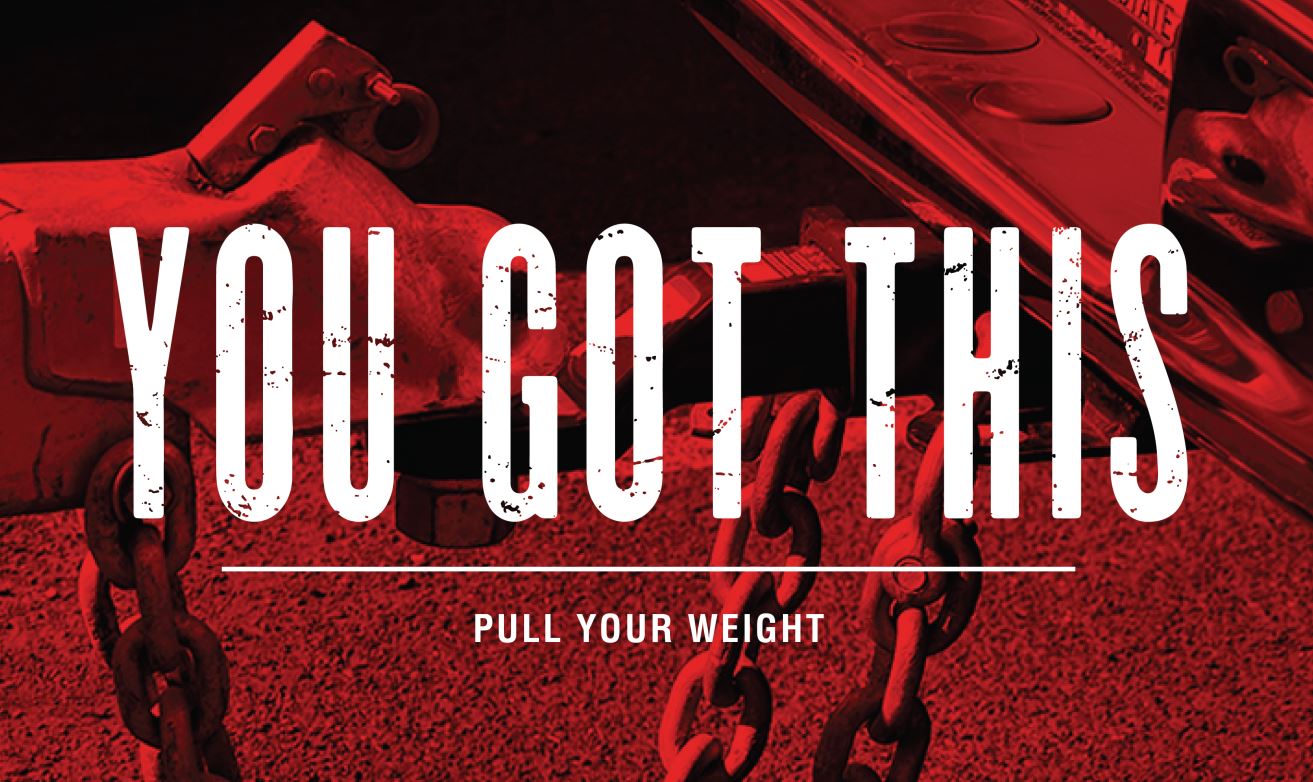
You already know how to change your own oil, right? Now it’s time to take it to the next level and learn how to install a no-drill trailer hitch. These days the majority of trailer hitches are designed to fit into pre-existing bolt holes in the frame of the vehicle, so drilling holes in the body is not required. Here’s a how-to guide for installing a trailer hitch. You’re welcome.
What you’ll need:
Jack Stands — These are a necessity unless the vehicle rides high enough on its own (e.g. pickup trucks). Check the owner’s manual for the “curb weight” of your car. This will influence the class of jack stands you purchase.
Torque Wrench — The hitch instructions will usually define the proper torque setting to ensure suitable tightness.
Wheel Chocks – These are necessary to keep your car from rolling
You will also need wire cutters, strippers, wire connectors, electrical tape, and a wiring kit for wiring the lights on the trailer (it is illegal to tow any trailer without working lights).
How to pick the right hitch for your vehicle and use:
Begin by checking the owner’s manual for the weight limits that the car or truck can tow. Hitches come in five different hitch classes that determine how much weight they can handle.
Class I - 2,000 lbs.
Class II - 3,500 lbs.
Class III - 6,000 lbs.
Class IV - 12,000 lbs.
Class V - 18,000 lbs.
*Pulling more than what is recommended in the vehicle's owner manual can damage the vehicle and is not safe for passengers or other vehicles on the road. Always check the manual.
Installing the hitch:
Step 1 - Locate a level workspace:
Do not attempt to jack up a vehicle on an incline or uneven surface. Your workspace should be level, correctly paved, and firmly supported.
Step 2 - Lift the vehicle:
- Check the manual: Owner’s manuals generally have information regarding safe practices for lifting the vehicle off of the ground.
- Set the parking brake
- Chock the front wheels
- Use a jack to lift the vehicle.
- Install the jack stand under a solid, structural piece of the vehicle frame. Owner’s manuals will usually have information about where to place the stand.
- Remove the jack.
- Repeat on the other side of the vehicle.
Step 3 - Fastening the hitch:
Trailer hitches tend to be pretty heavy at 50 pounds or more, so having a second set of hands could be useful.
- Bring the hitch under the vehicle and place in position.
- Use supplied bolts and nuts to attach the hitch underneath the vehicle to the specified torque.
Step 4 - Wiring the lights:
These days, most vehicles have factory-installed light connectors. This makes the process much easier. If you find that the connectors from the vehicle and hitch are not compatible all you need to do is replace the one with fewer connection prongs. If you are not experienced in wiring lights on a trailer, a local car repair shop can install the connector.
Once you’ve successfully completed all of these steps, you are ready to attach a trailer to your vehicle.
- Valvoline does not endorse any of the products or manufacturers listed above. Use at your own risk.
- Prior to using or installing any of these products always consult your vehicle’s owner’s manual for compatibility and warranty information.
- Always take appropriate safety precautions when working on or operating your vehicle. Take the necessary steps to help prevent injuries; always use protective gear like helmets, safety goggles, and gloves.


Don't miss out on new content
Thanks for signing up. Set your password and start earning reward points for everything you do on the site.
You already have a Team Valvoline account. Sign in here.
Did you forget your password?